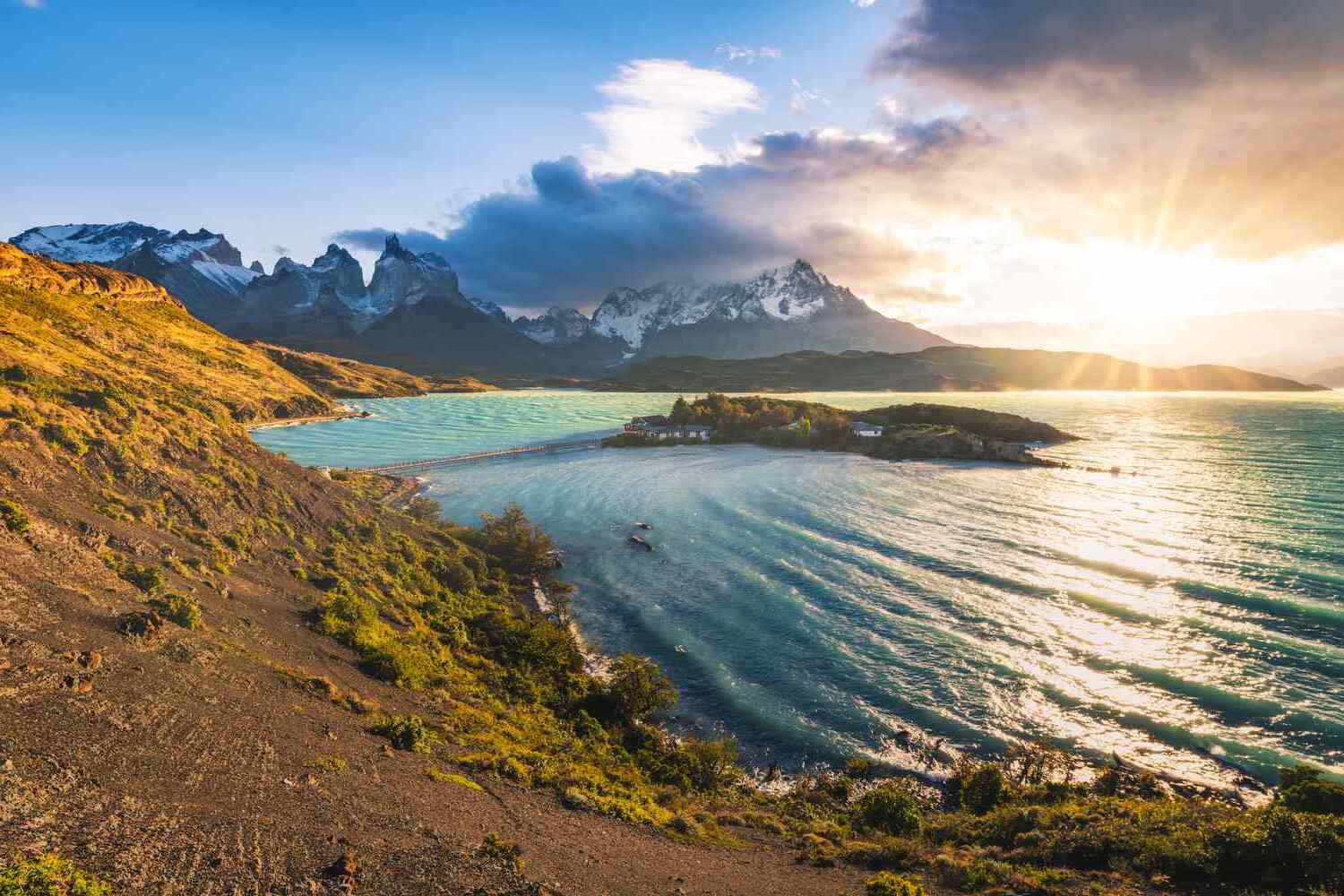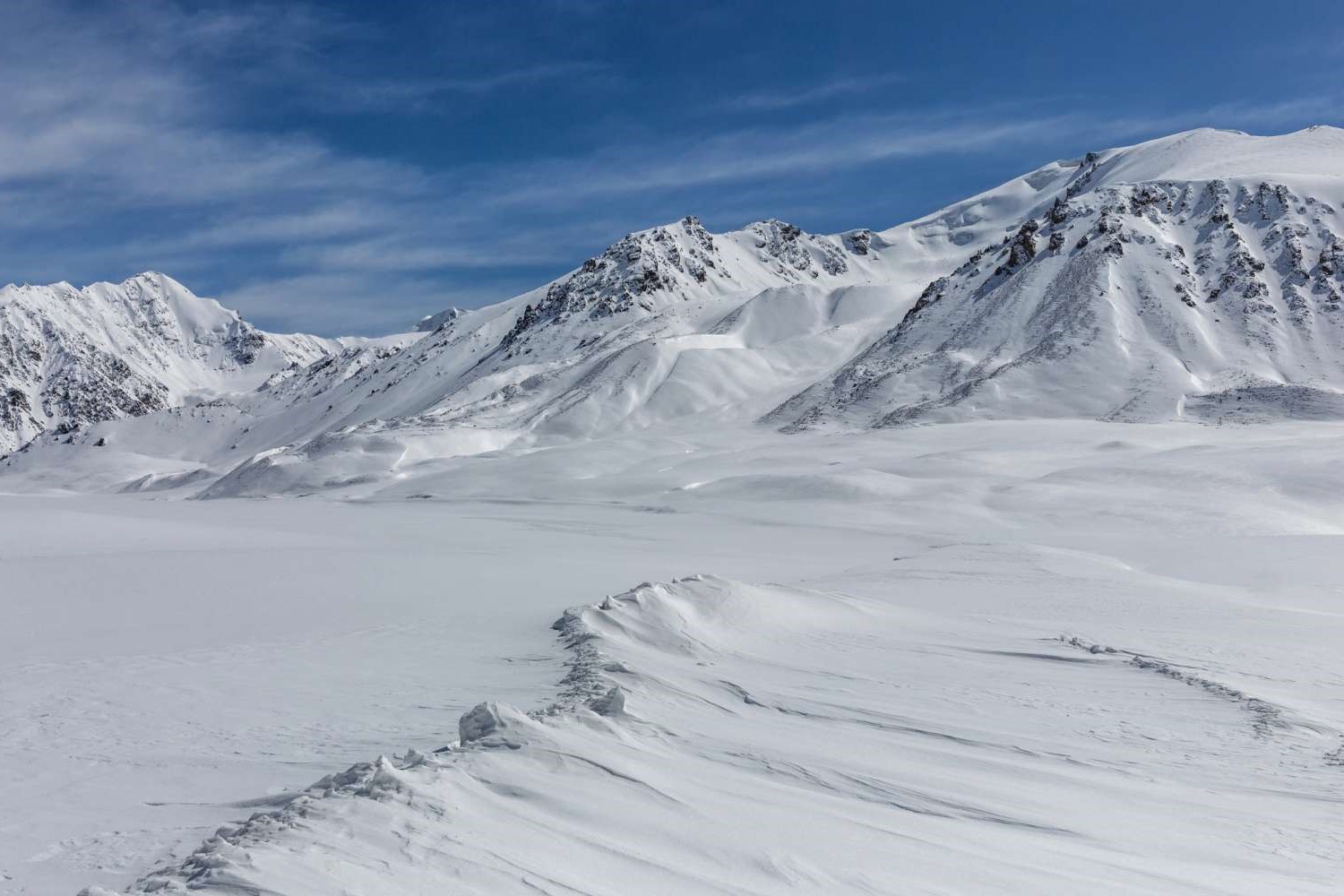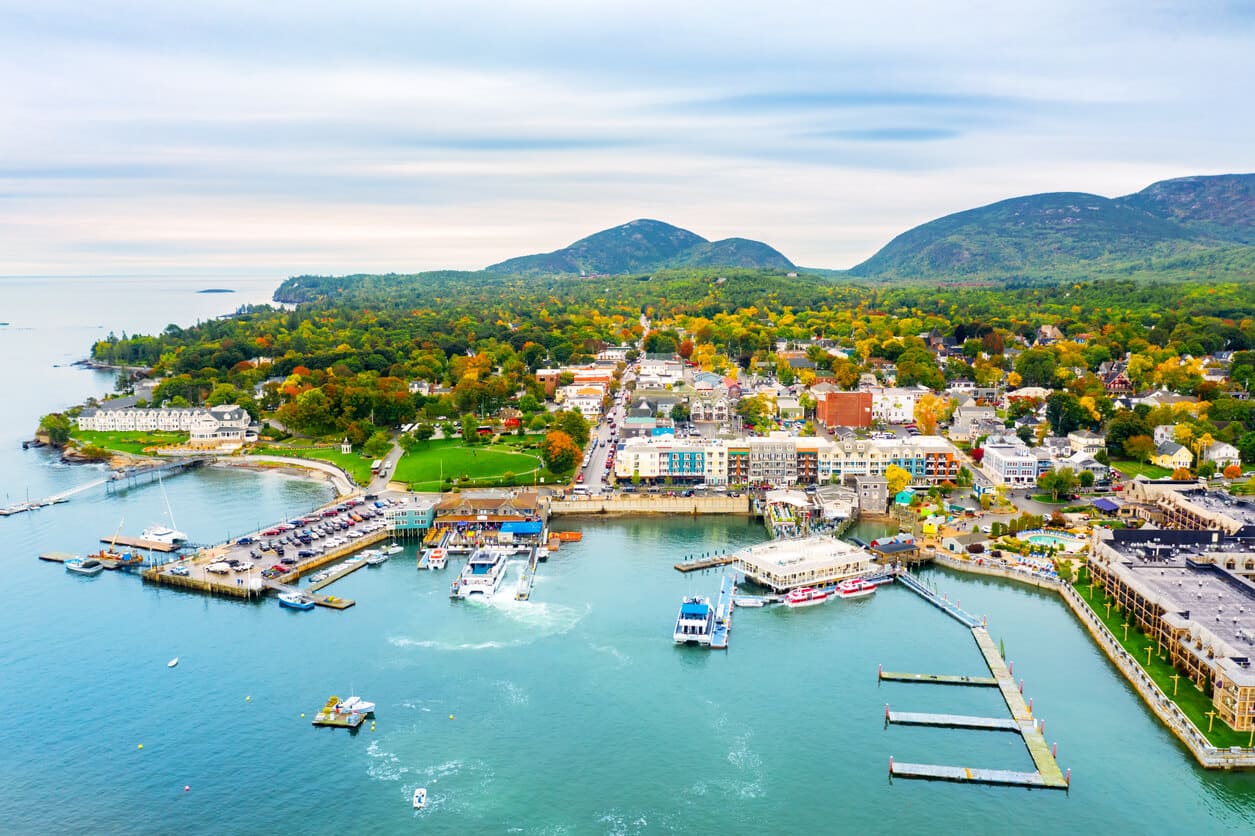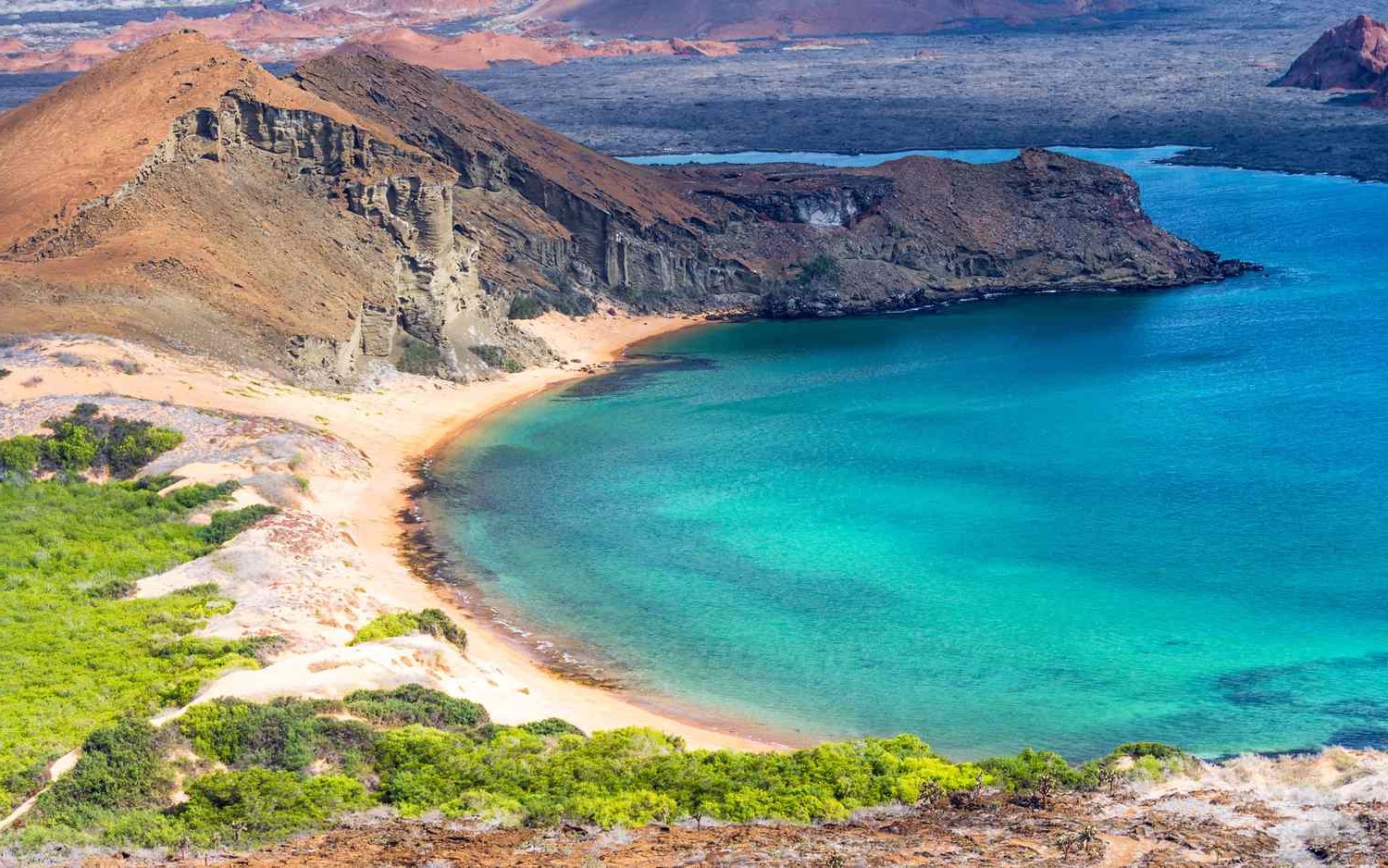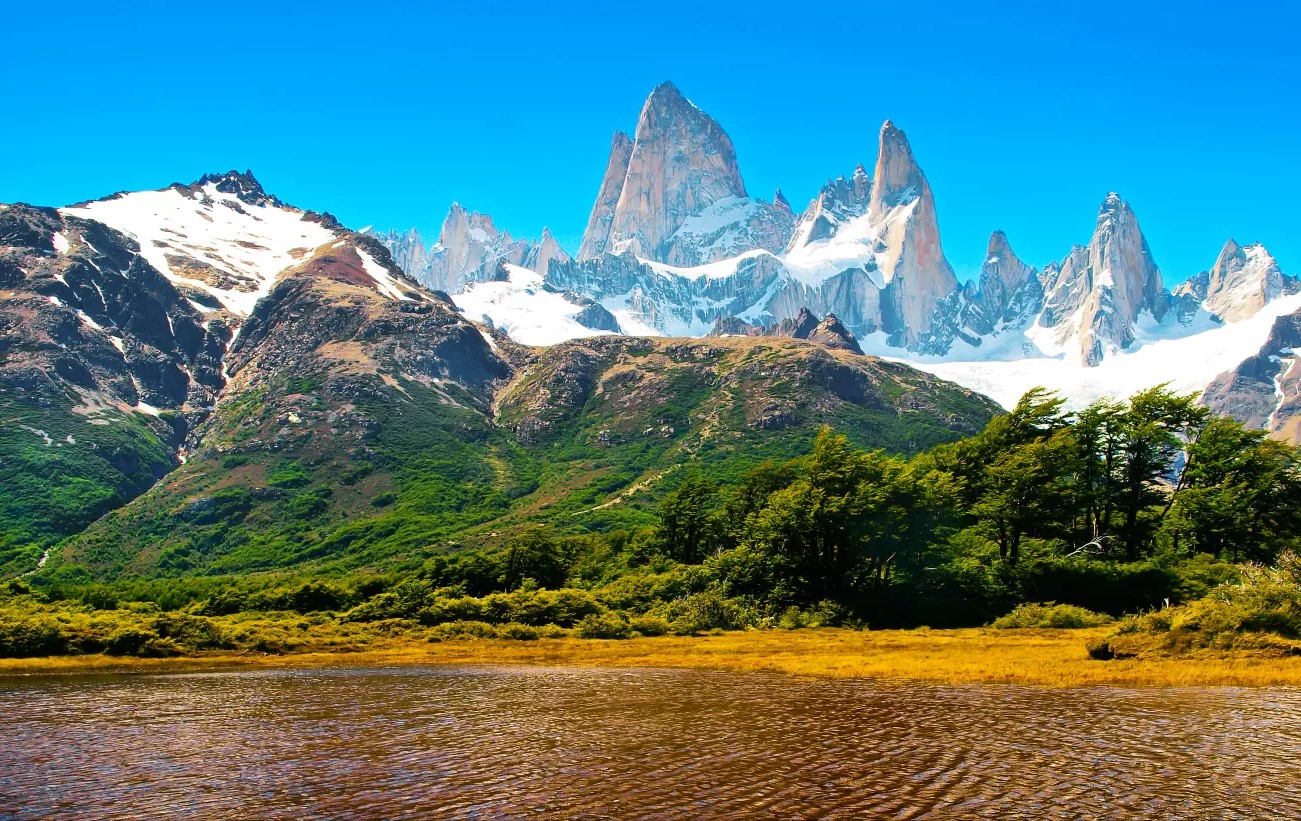Home>Weather and Climate>Climate In France: A Comprehensive Guide To Weather Patterns And Climate Zones In France


Weather and Climate
Climate In France: A Comprehensive Guide To Weather Patterns And Climate Zones In France
Published: March 1, 2024
Discover the diverse weather patterns and climate zones in France with our comprehensive guide. Learn about the country's climate and weather conditions.
(Many of the links in this article redirect to a specific reviewed product. Your purchase of these products through affiliate links helps to generate commission for Temperatures.com, at no extra cost. Learn more)
Table of Contents
Introduction
France, a country renowned for its rich history, diverse culture, and breathtaking landscapes, is also home to a varied and intriguing climate. From the sun-kissed shores of the French Riviera to the snow-capped peaks of the Alps, the weather patterns across this enchanting nation are as diverse as its geographical features. Understanding the climate in France is not only essential for travelers seeking the perfect time to visit, but it also plays a crucial role in shaping the country's agriculture, economy, and lifestyle.
In this comprehensive guide, we will delve into the intricate tapestry of weather patterns and climate zones that define France. From the misty coastlines of Normandy to the Mediterranean charm of Provence, each region boasts its own unique climate, offering a captivating blend of experiences for both locals and visitors. By exploring the factors that influence these weather patterns and the impact of climate change, we aim to provide a deeper insight into the dynamic nature of France's climate.
Join us on a journey through the atmospheric wonders of France, where we will unravel the mysteries of its weather patterns and climate zones, uncovering the intricate interplay of geographical, meteorological, and environmental factors that shape this captivating country's climate.
Understanding Weather Patterns in France
France, with its diverse topography and proximity to both the Atlantic Ocean and the Mediterranean Sea, experiences a wide range of weather patterns throughout the year. The country's climate is influenced by various factors, including its latitude, altitude, and geographical features. Understanding the intricate weather patterns in France is essential for both residents and visitors, as it allows for better preparation and appreciation of the country's natural beauty.
In northern France, particularly in regions such as Normandy and Brittany, the weather is characterized by mild summers and cool, often damp winters. The Atlantic Ocean exerts a significant influence on these areas, bringing maritime air masses that contribute to the relatively stable temperatures and frequent precipitation. The coastal regions are known for their misty mornings and dramatic seascapes, creating a unique ambiance that has inspired artists and writers for centuries.
Moving southward, the climate transitions to a more Mediterranean influence, especially along the French Riviera and in the Provence-Alpes-Côte d'Azur region. Here, the summers are hot and dry, while the winters are mild and relatively wet. The Mediterranean Sea plays a pivotal role in shaping this climate, with its warm waters contributing to the balmy summers and temperate winters that attract sun-seekers and outdoor enthusiasts alike.
In central and eastern France, the weather patterns are influenced by the country's varied topography, including the mountain ranges of the Alps and the Massif Central. These regions experience a mix of continental and alpine climates, with colder winters and milder summers. The higher elevations bring about distinct microclimates, with snowfall being a common occurrence during the winter months, making these areas a haven for winter sports enthusiasts.
The southwestern part of France, including the Aquitaine region, enjoys a maritime climate with mild, wet winters and warm, sunny summers. The Bay of Biscay and the Atlantic Ocean play a crucial role in shaping the weather patterns in this region, with the oceanic influence contributing to the relatively consistent temperatures and moderate rainfall throughout the year.
Overall, the weather patterns in France exhibit a remarkable diversity, offering a myriad of experiences for those seeking to explore its enchanting landscapes. From the picturesque vineyards of Bordeaux to the snow-capped peaks of the French Alps, each region's climate adds a unique dimension to the country's allure, making France a captivating destination for all seasons.
Climate Zones in France
France encompasses a fascinating array of climate zones, each contributing to the country's diverse and captivating environmental tapestry. These climate zones are primarily influenced by the country's geographical features, including its proximity to water bodies, mountain ranges, and latitude. Understanding these distinct climate zones is essential for gaining insight into the varied weather patterns and environmental characteristics that define different regions of France.
-
Mediterranean Climate Zone: The southern coast of France, particularly the Provence-Alpes-Côte d'Azur region and the French Riviera, is characterized by a Mediterranean climate. This zone is renowned for its hot, dry summers and mild, relatively wet winters. The influence of the Mediterranean Sea plays a pivotal role in shaping this climate, with its warm waters contributing to the balmy summers and temperate winters that attract sun-seekers and outdoor enthusiasts alike.
-
Oceanic Climate Zone: The western and northwestern regions of France, including Brittany and Normandy, fall under the influence of an oceanic climate. This zone is characterized by mild temperatures, relatively high humidity, and frequent precipitation throughout the year. The Atlantic Ocean exerts a significant influence on these areas, bringing maritime air masses that contribute to the stable temperatures and abundant rainfall, creating lush, verdant landscapes and picturesque coastlines.
-
Continental and Alpine Climate Zones: Central and eastern France, encompassing the Alps and the Massif Central, experience a mix of continental and alpine climates. These regions are known for their colder winters and milder summers, with distinct microclimates emerging due to the varied topography and higher elevations. The alpine climate brings about significant snowfall during the winter months, making these areas a haven for winter sports enthusiasts and offering breathtaking winter wonderlands.
-
Maritime Climate Zone: The southwestern part of France, including the Aquitaine region, enjoys a maritime climate characterized by mild, wet winters and warm, sunny summers. The Bay of Biscay and the Atlantic Ocean play a crucial role in shaping the weather patterns in this region, with the oceanic influence contributing to the consistent temperatures and moderate rainfall throughout the year.
These climate zones not only contribute to the diverse weather patterns experienced across France but also play a significant role in shaping the country's ecosystems, agricultural practices, and cultural traditions. From the sun-drenched vineyards of the Mediterranean coast to the misty shores of the Atlantic, each climate zone adds a unique dimension to France's natural beauty, offering a captivating blend of experiences for residents and visitors alike.
Factors Influencing the Climate in France
The climate in France is influenced by a myriad of factors, each playing a crucial role in shaping the diverse weather patterns and climate zones that define the country's atmospheric tapestry. These factors encompass geographical, meteorological, and environmental elements, contributing to the unique climatic characteristics observed across different regions of France.
Geographical Features
France's geographical diversity, including its proximity to water bodies, mountain ranges, and varied topography, significantly influences its climate. The country's extensive coastline along the Atlantic Ocean and the Mediterranean Sea introduces maritime influences, leading to distinct weather patterns in coastal regions. Additionally, the presence of mountain ranges such as the Alps and the Massif Central creates microclimates, resulting in varying temperatures and precipitation levels across different elevations.
Latitude and Altitude
The latitudinal position of France contributes to its diverse climate zones, with the southern regions experiencing a Mediterranean climate characterized by hot, dry summers, while the northern areas exhibit oceanic influences with milder temperatures and higher humidity. Furthermore, the impact of altitude is evident in the alpine regions, where colder temperatures and significant snowfall prevail, creating ideal conditions for winter sports and alpine ecosystems.
Oceanic and Continental Influences
The proximity to the Atlantic Ocean and the Mediterranean Sea introduces oceanic influences, leading to relatively stable temperatures and moderate rainfall in coastal areas. In contrast, the central and eastern regions experience continental influences, characterized by greater temperature variations between seasons and a more pronounced impact of continental air masses.
Environmental Factors
France's rich and diverse ecosystems, including its forests, wetlands, and agricultural landscapes, contribute to the country's climate through their interactions with the atmosphere. Forested areas play a role in regulating local temperatures and humidity, while agricultural practices influence land surface properties, affecting regional climate patterns.
Global Climate Systems
France's climate is also influenced by global climate systems, including the North Atlantic Oscillation and the El Niño-Southern Oscillation, which can impact weather patterns and precipitation levels. These larger-scale climate phenomena contribute to the variability observed in France's climate, influencing seasonal weather trends and extreme events.
By understanding the intricate interplay of these factors, we gain a deeper appreciation for the dynamic nature of France's climate, recognizing the diverse influences that converge to shape the country's atmospheric mosaic. From the misty coastlines of Normandy to the sun-drenched landscapes of Provence, these factors collectively contribute to the captivating diversity of weather patterns and climate zones that define France's atmospheric identity.
Impact of Climate Change on France
Climate change poses significant challenges to France, impacting various aspects of the country's environment, economy, and society. The effects of climate change are increasingly evident across France, manifesting in altered weather patterns, rising temperatures, and shifts in ecological dynamics. These changes have far-reaching implications for the country's ecosystems, agricultural practices, and urban infrastructure.
One of the most notable impacts of climate change in France is the alteration of weather patterns, leading to more frequent and intense extreme weather events. Heatwaves have become more prevalent, posing risks to public health and exacerbating water scarcity in certain regions. Additionally, heavy rainfall and flooding events have intensified, threatening communities and infrastructure, particularly in low-lying areas and river valleys.
The agricultural sector, a cornerstone of France's economy and cultural heritage, is also significantly affected by climate change. Shifts in temperature and precipitation patterns impact crop yields, vineyard productivity, and livestock management. Wine-producing regions, such as Bordeaux and Burgundy, face challenges in maintaining traditional grape varieties as changing climatic conditions influence the suitability of certain cultivars.
Furthermore, coastal regions are vulnerable to the impacts of climate change, including sea-level rise and coastal erosion. The iconic coastal landscapes of Normandy and the French Riviera face the risk of habitat loss and infrastructure damage due to the encroachment of rising seas and more frequent storm surges.
In urban areas, the effects of climate change are evident in the increased frequency of heat-related urban heat islands and challenges related to water management during periods of intense rainfall. These changes necessitate innovative urban planning and infrastructure adaptation to mitigate the impacts on public health and urban resilience.
The biodiversity of France's ecosystems is also under pressure due to climate change, with shifts in species distributions and the potential loss of unique habitats. Alpine ecosystems are particularly vulnerable, as rising temperatures affect snow cover and the survival of cold-adapted species, impacting the delicate balance of mountain ecosystems.
Addressing the impact of climate change in France requires a multifaceted approach, encompassing adaptation strategies, sustainable resource management, and international collaboration to mitigate global greenhouse gas emissions. By prioritizing renewable energy development, implementing resilient agricultural practices, and fostering community-based adaptation initiatives, France aims to navigate the challenges posed by climate change while preserving its natural heritage and promoting sustainable development.
The impact of climate change on France serves as a poignant reminder of the urgent need for collective action to address global environmental challenges. Through proactive measures and a commitment to sustainable practices, France endeavors to safeguard its diverse landscapes, vibrant ecosystems, and cultural heritage in the face of a changing climate.
Conclusion
In conclusion, the weather patterns and climate zones in France paint a captivating portrait of atmospheric diversity, shaped by a myriad of geographical, meteorological, and environmental influences. From the misty coastlines of Normandy to the sun-drenched landscapes of Provence, each region boasts its own unique climate, offering a rich tapestry of experiences for residents and visitors alike.
The intricate interplay of factors such as geographical features, latitude, and oceanic influences contributes to the remarkable diversity of climate zones across France. The Mediterranean climate of the southern coast, the oceanic climate of the western regions, the alpine climates of the mountainous areas, and the maritime climate of the southwest collectively contribute to the country's atmospheric mosaic, enriching its natural beauty and cultural heritage.
However, the impact of climate change poses significant challenges to France, affecting weather patterns, agricultural practices, coastal regions, urban infrastructure, and biodiversity. The increasing frequency of extreme weather events, shifts in agricultural productivity, and coastal vulnerability underscore the urgent need for proactive measures and sustainable practices to address the evolving climate dynamics.
As France navigates the complexities of a changing climate, it remains committed to implementing adaptation strategies, promoting renewable energy initiatives, and fostering international collaboration to mitigate the impacts of climate change. By prioritizing environmental stewardship and sustainable development, France endeavors to preserve its diverse landscapes, vibrant ecosystems, and cultural traditions for future generations.
Ultimately, the dynamic climate of France serves as a testament to the intricate relationship between nature and human society, highlighting the importance of understanding, respecting, and protecting the atmospheric wonders that shape our world. Through collective efforts and a shared commitment to environmental sustainability, France continues to embrace the challenges and opportunities presented by its diverse weather patterns and climate zones, ensuring a resilient and vibrant future for this captivating nation.

